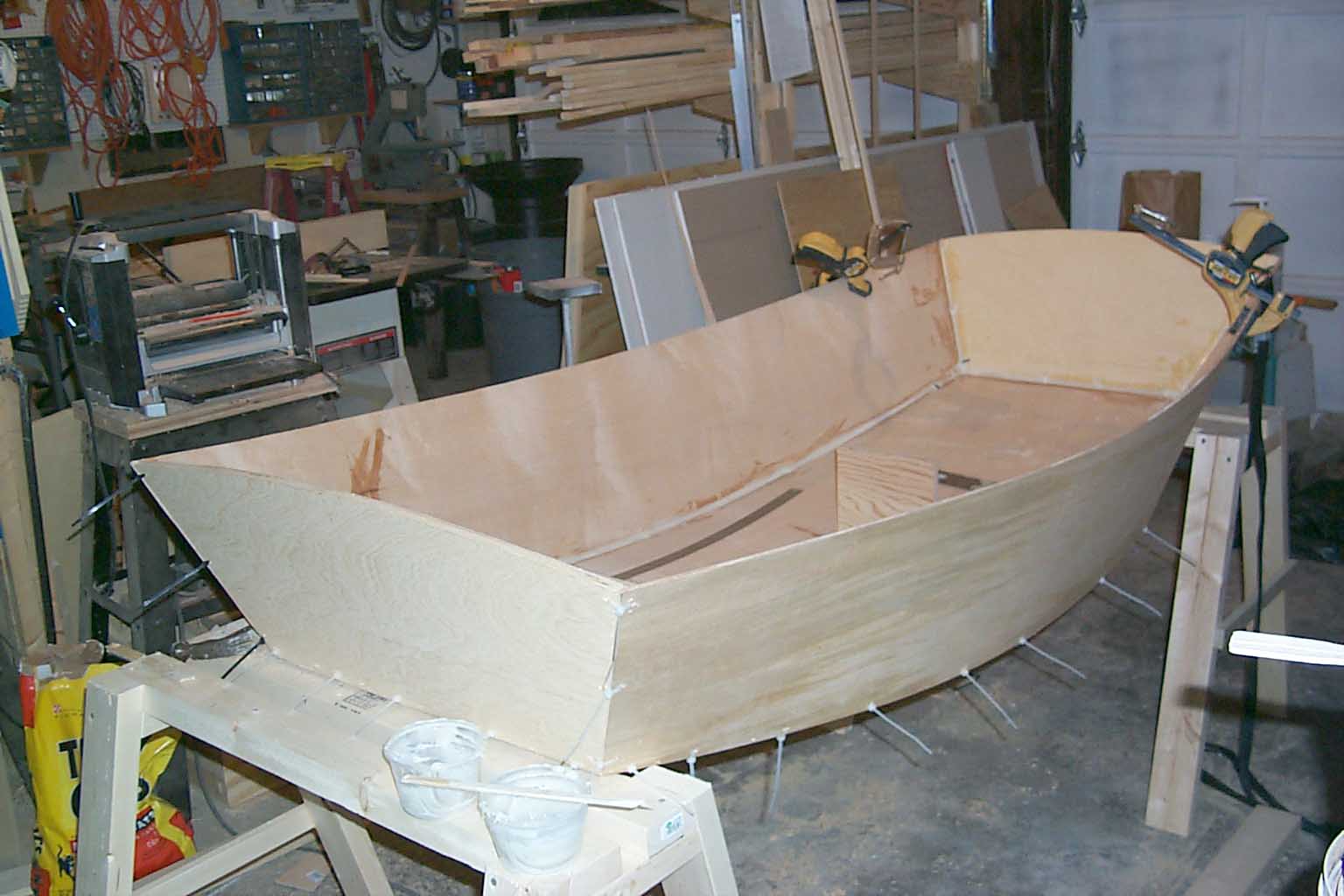
Building a Dinghy from Scratch: DIY Tips and Plans
Embarking on a project to build a dinghy from scratch is a challenging but rewarding endeavor. It offers the chance to create a personalized vessel tailored to your needs and preferences. This comprehensive guide will delve into the essential steps and considerations for constructing your own dinghy, covering everything from design selection to finishing touches.
Choosing a Design
The first step is to choose a suitable dinghy design. Consider factors like size, intended use, and construction materials. Popular dinghy designs include:
- Skiff: Simple, lightweight, and versatile, ideal for rowing or sailing.
- Tender: Designed to be towed behind a larger boat, often featuring a flat bottom for easy beaching.
- Sailboat: Equipped with sails for propulsion, offering a thrilling sailing experience.
Design Resources:
Numerous resources can provide dinghy plans, including:
- Online Design Platforms: Websites like SailboatData.com and Duckworks Magazine offer a vast selection of plans.
- Boatbuilding Books: Books dedicated to dinghy construction provide detailed plans and instructions.
- Boatbuilding Classes: Local woodworking schools or boatbuilding clubs offer workshops and courses on dinghy construction.
Materials and Tools
Once you've chosen a design, gather the necessary materials and tools. Common dinghy construction materials include:
- Plywood: Marine-grade plywood is ideal for the hull and deck.
- Epoxy Resin and Hardener: Used for bonding and sealing the plywood layers.
- Fiberglass Cloth: Reinforces the hull and deck for strength and durability.
- Wood: For structural components like frames, stringers, and seats.
- Hardware: Includes fittings, cleats, oarlocks, and other essential hardware.
Essential tools include:
- Power Tools: Jigsaw, drill, sander, and router.
- Hand Tools: Measuring tools, clamps, chisels, and hammers.
- Safety Gear: Respirator, gloves, and safety glasses.
Building Process
The construction process involves several key steps:
1. Building the Frame:
Start by constructing the frame, which provides the basic shape and structure of the dinghy. This typically involves cutting and assembling wood components according to the design plans. Ensure that the frame is sturdy and well-aligned.
2. Sheathing the Hull:
Sheathe the hull using marine-grade plywood. Cut the plywood panels to fit the frame, ensuring a tight fit. Apply epoxy resin and fiberglass cloth to bond the plywood layers and create a strong, watertight hull.
3. Constructing the Deck:
Build the deck using similar techniques to the hull. Cut and fit plywood panels, apply epoxy resin and fiberglass cloth, and attach the deck to the hull frame.
4. Adding Interior Features:
Install interior features like seating, storage compartments, and any other desired features. Secure these components using screws, bolts, or epoxy adhesive.
5. Finishing Touches:
Once the dinghy is assembled, apply a finish coat of paint or varnish to protect the wood and enhance its appearance. You can also add decorative touches like decals or stripes. Install hardware and fittings according to the design plans.
Tips for Success
Here are some essential tips to ensure a successful dinghy construction project:
- Plan Thoroughly: Carefully study the plans and understand each step before beginning construction.
- Use Quality Materials: Invest in high-quality materials, especially marine-grade plywood, epoxy resin, and fiberglass cloth.
- Work in a Well-Ventilated Area: Epoxy resin and fiberglass release fumes, so work in a well-ventilated area or wear a respirator.
- Take Your Time: Don't rush the construction process. Allow adequate time for each step and ensure that each component is properly fitted and bonded.
- Seek Guidance: If you're unsure about any aspect of the construction process, seek guidance from experienced boatbuilders or online forums.
Launching Your New Dinghy
Once construction is complete, you're ready to launch your new dinghy. Before doing so, thoroughly inspect the hull and deck for any leaks or damage. Perform a final sea trial to ensure that everything is working properly.
Building a dinghy from scratch requires dedication, patience, and a passion for boatbuilding. By carefully following the design plans, using quality materials, and paying attention to detail, you can create a durable and enjoyable dinghy that will provide years of pleasure on the water.
0 comments:
Post a Comment
Note: Only a member of this blog may post a comment.